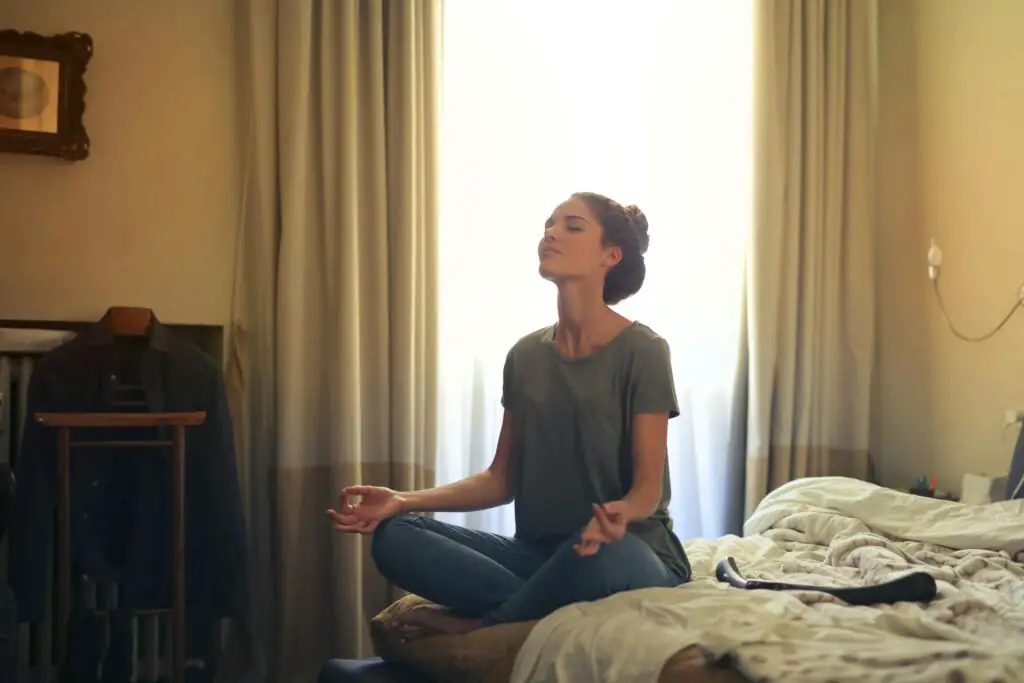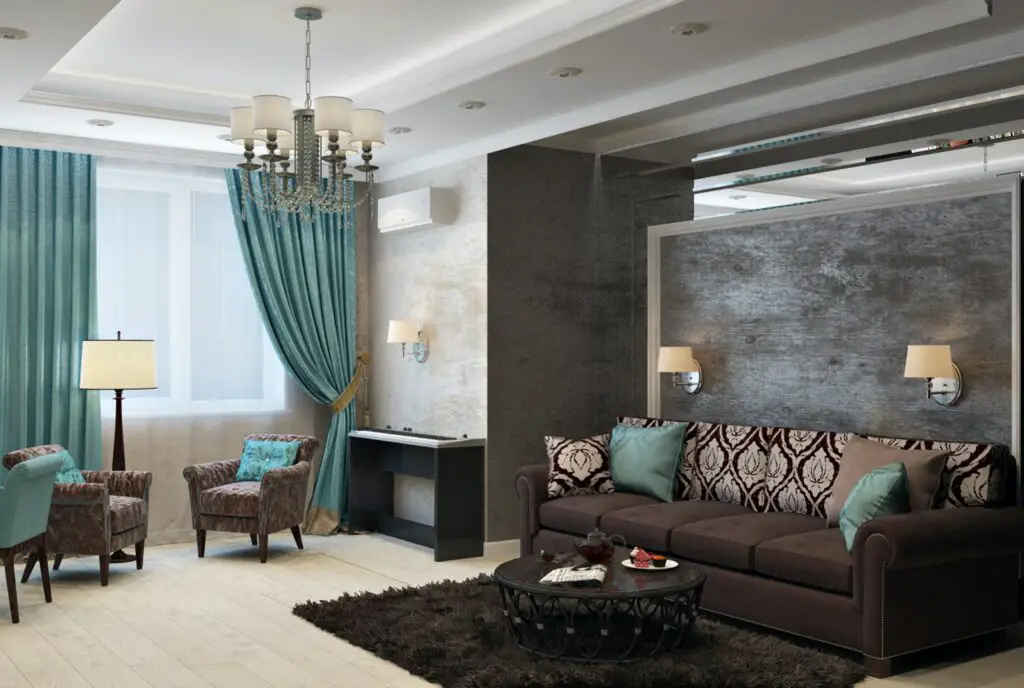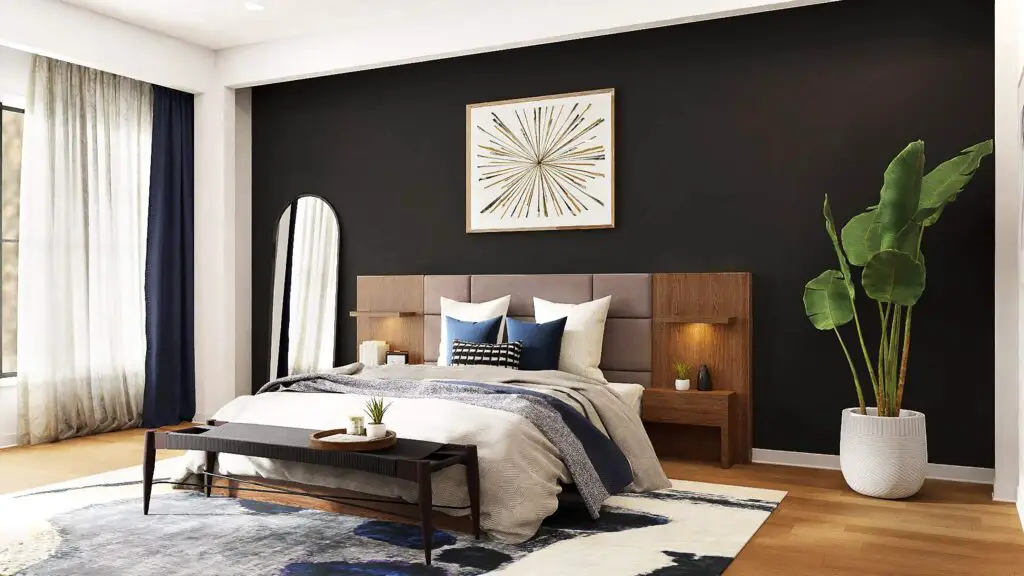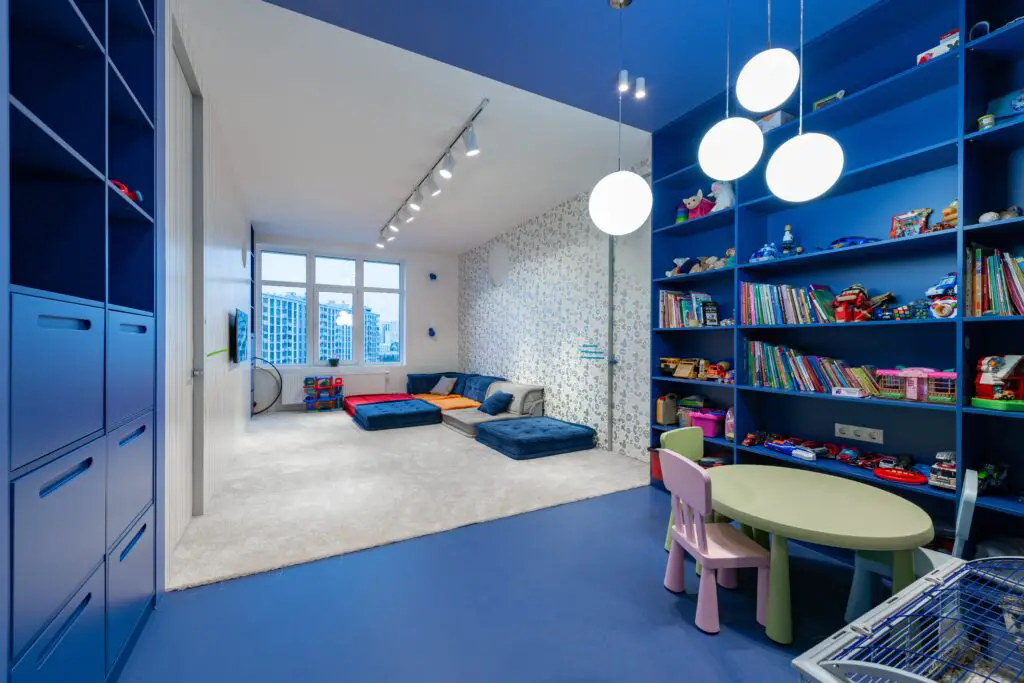In our fast-paced world, finding moments of serenity and inner peace is a precious gift. One way to achieve this is through meditation, a practice that can help calm the mind, reduce stress, and enhance well-being. To fully embrace the benefits of meditation, having a dedicated space at home is invaluable.
In this comprehensive guide, we’ll explore the art of creating a tranquil meditation space at home. From choosing the ideal location to selecting calming decor and personalizing your oasis, you’ll learn how to turn any corner of your home into a sanctuary of tranquility.
I. Selecting the Ideal Location
Where you meditate matters, start by choosing a quiet and calm space in your home. Whether it’s a spare room, a corner in your bedroom, or even a small area in your living room, ensure it offers the serenity and privacy you need for your practice. Consider factors like natural light, ventilation, and minimal distractions to create a serene atmosphere.
II. Minimalist Design and Clutter-Free Space
A cluttered space can clutter the mind. Declutter your meditation area to create a clean and calming environment. Embrace minimalist design principles with simple and Zen-inspired decor. Neutral colors, unadorned walls, and minimal furniture will help cultivate a sense of peace and spaciousness in your meditation space.
III. Comfortable Seating and Cushions
Comfort is key during meditation. Choose a comfortable seat or cushion that supports your practice. Options range from meditation cushions to benches and chairs. Your seating should promote good posture and allow you to sit comfortably for extended periods, helping you stay focused on your meditation.
IV. Natural Elements and Greenery
Bringing nature indoors is a wonderful way to infuse your meditation space with tranquility. Consider adding potted plants to your meditation area. The presence of greenery not only purifies the air but also creates a soothing atmosphere. You can also introduce natural materials like wood and stone to enhance the connection with the natural world.
V. Soft Lighting and Ambiance
Create a soft and calming ambiance in your meditation space. Candlelight meditation is a popular choice, as it provides a warm and soothing glow. Alternatively, opt for warm and subdued lighting that mimics the colors of sunset. Himalayan salt lamps, known for their air-purifying properties, can also enhance the ambiance of your space.
VI. Personalization and Sacred Objects
Personalize your meditation space with meaningful and sacred objects. These can include symbols of spirituality, cherished mementos, or items that hold deep significance to you. Consider creating an altar or focal point where you can place these sacred objects, making your meditation space truly personal.
VII. Soundscapes and Meditation Music
Sound plays a vital role in meditation. Create a harmonious soundscape by incorporating calming music, nature sounds, or ambient noise. Many find that soft instrumental music or guided meditation recordings enhance their practice. Experiment with different sounds to discover what resonates best with you.
VIII. Mindfulness and Meditation Techniques
A peaceful environment is the perfect backdrop for mindfulness and meditation techniques. Explore various meditation styles and practices that suit your goals, whether it’s mindfulness, loving-kindness, or transcendental meditation. Incorporate techniques that resonate with you to deepen your practice.
IX. Regular Maintenance and Cleansing
Maintaining the positive energy of your meditation space is crucial. Regularly clean and energize your space to ensure it remains a haven of tranquility. Consider smudging with sage or palo santo to clear negative energy and create a fresh, serene atmosphere.
Conclusion
Creating a Tranquil Meditation Space at Home is a journey that rewards you with moments of serenity, mindfulness, and self-discovery. By selecting the right location, designing a clutter-free environment, and personalizing your space, you can cultivate a sanctuary where you can connect with your inner self and experience the profound benefits of meditation.
Frequently Asked Questions
1. How do you make a peaceful meditation space?
To create a peaceful meditation space, choose a quiet and clutter-free location, add comfortable seating, incorporate calming decor, and personalize the space with meaningful objects.
2. How do you make a meditation corner at home?
To make a meditation corner at home, select a quiet and serene area, add a comfortable cushion or chair, decorate with calming elements, and personalize it with sacred objects or symbols.
3. How to turn your room into a meditation room?
To turn a room into a meditation room, declutter the space, select a comfortable seating arrangement, add calming decor, incorporate soft lighting, and personalize the room with meaningful objects.
4. What is a calm environment for meditation?
A calm environment for meditation is one that is quiet, free of distractions, well-ventilated, and has minimal clutter. It should promote a sense of peace and serenity.
5. How do we create a calm environment?
To create a calm environment, choose a quiet and clutter-free space, incorporate calming decor, use soft lighting, add natural elements, and maintain a serene atmosphere.
6. What makes a good meditation room?
A good meditation room is one that offers a quiet and serene environment, comfortable seating, calming decor, and personal touches that enhance the meditative experience.
7. How to decorate a meditation space?
Decorate a meditation space with minimalist design, neutral colors, soft lighting, natural elements like plants, and personal touches such as sacred objects or symbols.
8. What are the three major elements required for meditation?
The three major elements required for meditation are a quiet and serene environment, comfortable seating, and a focused and calm mind.
9. Which direction should a meditation room face?
A meditation room can face any direction, but it’s essential to choose a location with minimal external disturbances, such as noise or traffic.
10. Should a meditation room be dark?
A meditation room doesn’t need to be dark, but it should have soft and subdued lighting that promotes a sense of calm and serenity.
11. Can we meditate in bed?
While you can meditate on a bed, it’s generally recommended to have a dedicated and comfortable seating arrangement for meditation to maintain good posture and focus.
12. What is the most comfortable meditation position?
The most comfortable meditation position varies from person to person. Popular choices include sitting cross-legged on a cushion, using a meditation bench, or sitting in a chair with your feet flat on the ground. Choose a position that allows you to sit comfortably for the duration of your meditation practice.



